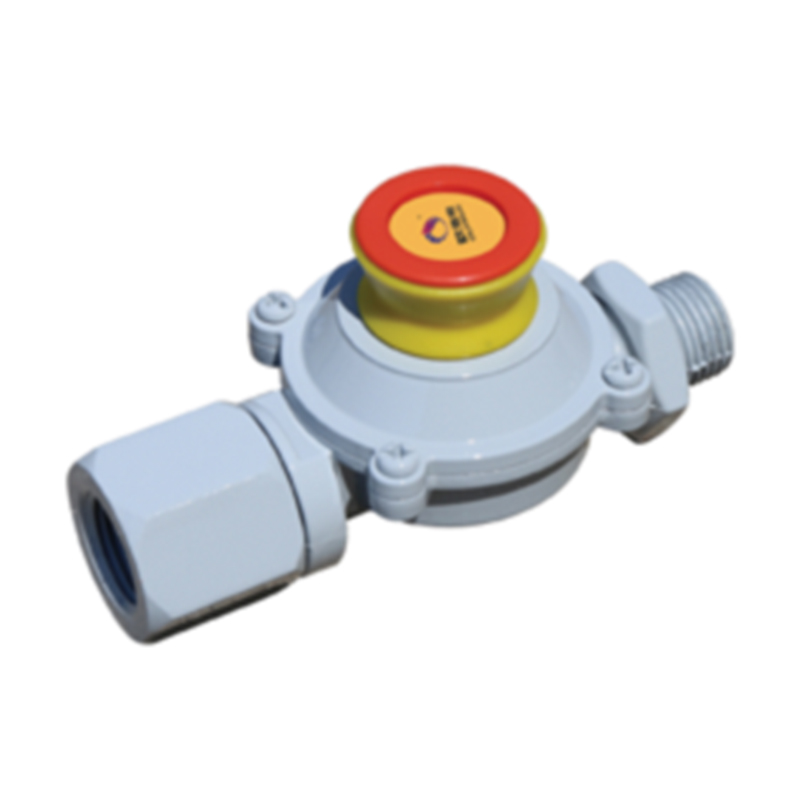
Nov . 02, 2024 11:43
Back to list
relief valves
Understanding Relief Valves Essential Components in Pressure Management
Relief valves are critical safety devices used in various industrial applications, ensuring that systems operate within their designated pressure limits. These devices play an essential role in preventing equipment failure and accidents that can arise from overpressure conditions.
At its core, a relief valve is designed to automatically release excess pressure from a system when it exceeds a predetermined threshold. This action helps to maintain a balance, preventing potential hazards like explosions or equipment damage. Relief valves can be found in numerous scenarios, including steam systems, gas pipelines, and chemical processing plants.
The working principle of relief valves is relatively straightforward. They typically consist of a spring-loaded mechanism that responds to pressure changes. When the system pressure exceeds the set point, the force exerted by the pressure overcomes the spring's resistance, causing the valve to open. As a result, the excess fluid or gas is diverted away from the system, allowing the pressure to drop to a safe level. Once the pressure falls back below the threshold, the spring closes the valve, resuming normal operations.
relief valves

Choosing the correct type of relief valve for a specific application is vital. There are various designs, including spring-loaded relief valves, pilot-operated relief valves, and thermal relief valves, each suited for different operational conditions. For instance, pilot-operated valves are ideal for high-pressure applications and offer more precise control, while thermal relief valves are designed to handle changes in temperature and prevent pressure buildup due to thermal expansion.
Regular maintenance and testing of relief valves are essential to ensure their reliability and effectiveness. Accumulation of debris, corrosion, or wear over time can impede the valve's function, leading to catastrophic failures. Therefore, implementing a routine inspection schedule, along with adhering to manufacturer guidelines, will help maintain the safety integrity of the system.
In conclusion, relief valves are indispensable components in pressure management systems across various sectors. By effectively controlling excess pressure, they protect both equipment and personnel from the dangers associated with overpressure conditions. Understanding their function and ensuring their proper maintenance is crucial for any operation dealing with pressurized systems.
Latest news
-
Safety Valve Spring-Loaded Design Overpressure ProtectionNewsJul.25,2025
-
Precision Voltage Regulator AC5 Accuracy Grade PerformanceNewsJul.25,2025
-
Natural Gas Pressure Regulating Skid Industrial Pipeline ApplicationsNewsJul.25,2025
-
Natural Gas Filter Stainless Steel Mesh Element DesignNewsJul.25,2025
-
Gas Pressure Regulator Valve Direct-Acting Spring-Loaded DesignNewsJul.25,2025
-
Decompression Equipment Multi-Stage Heat Exchange System DesignNewsJul.25,2025

